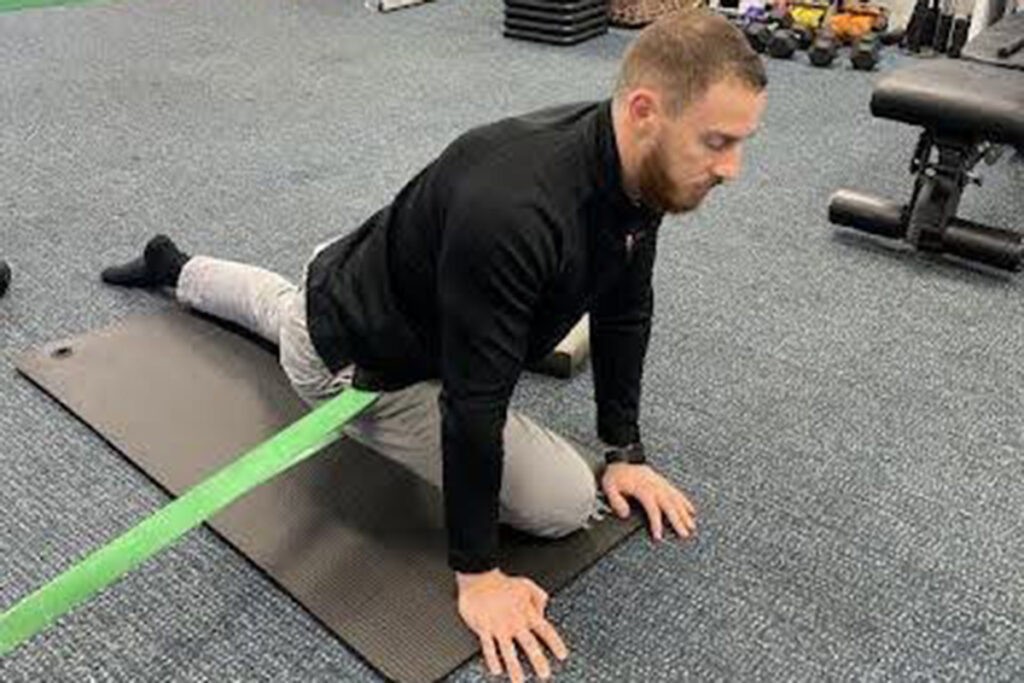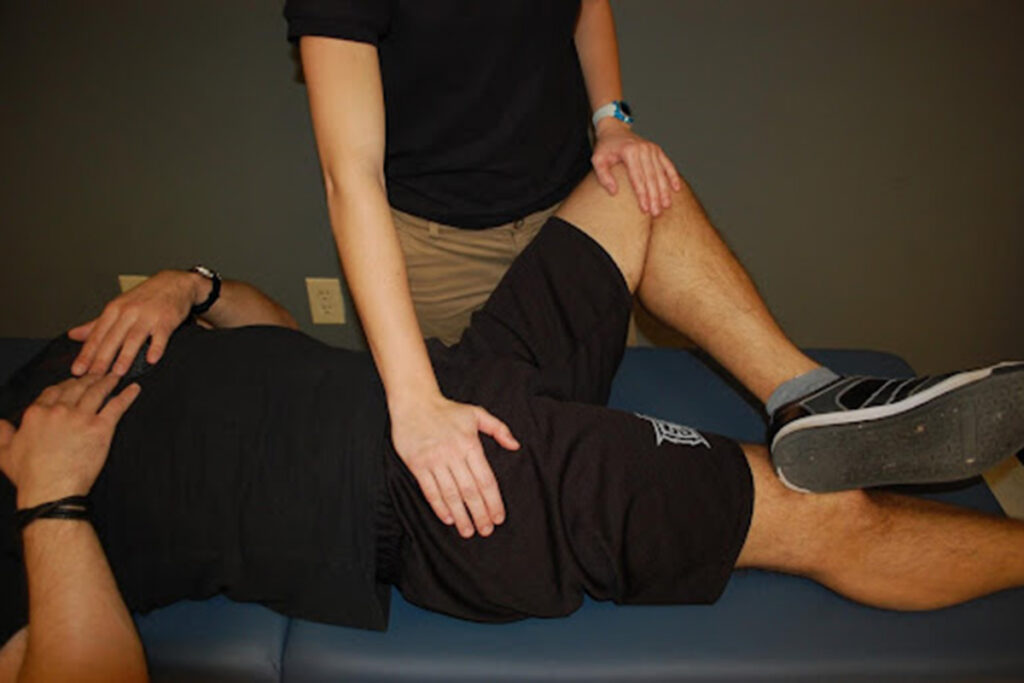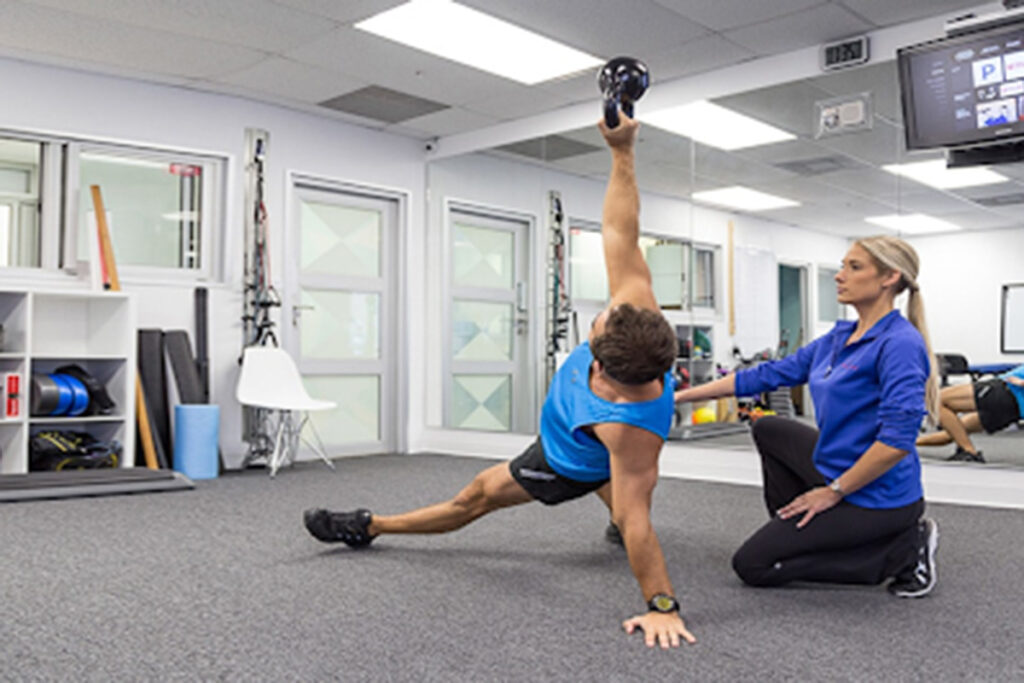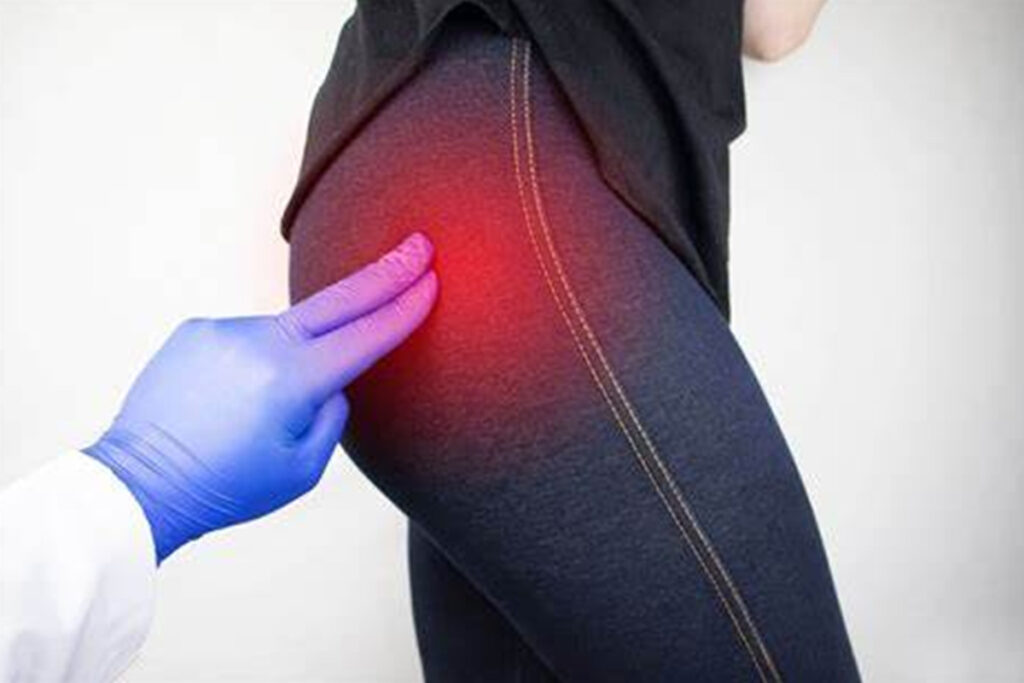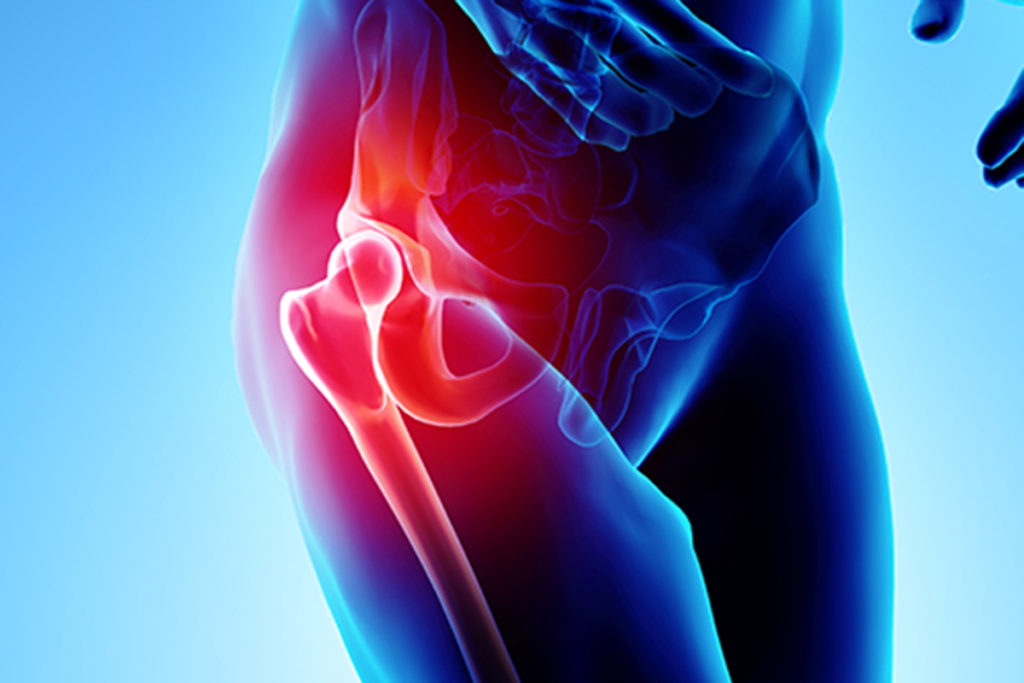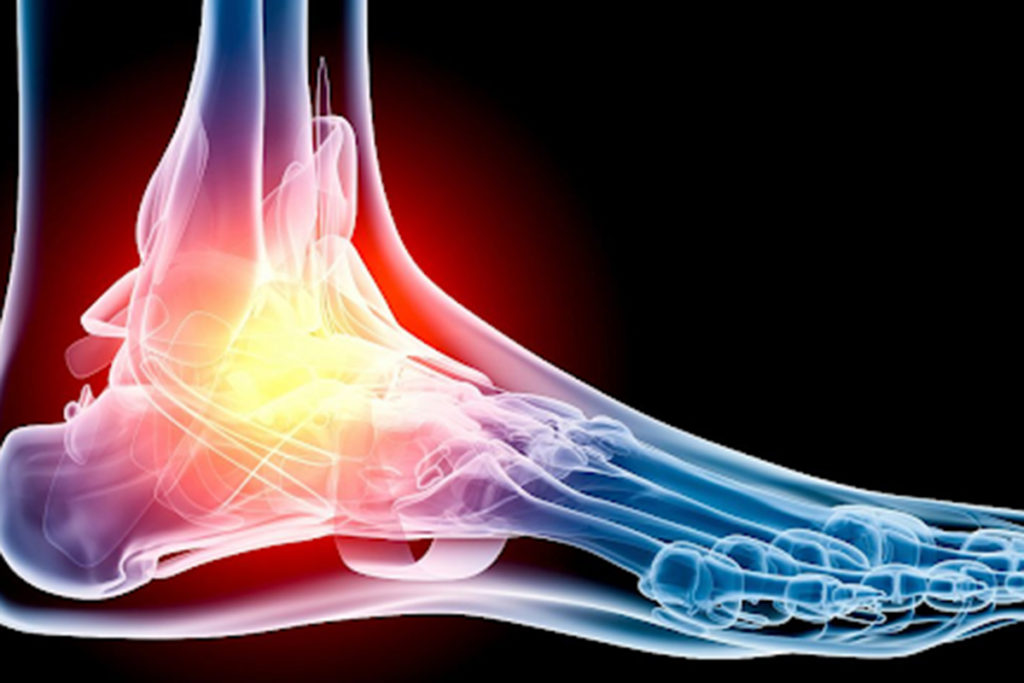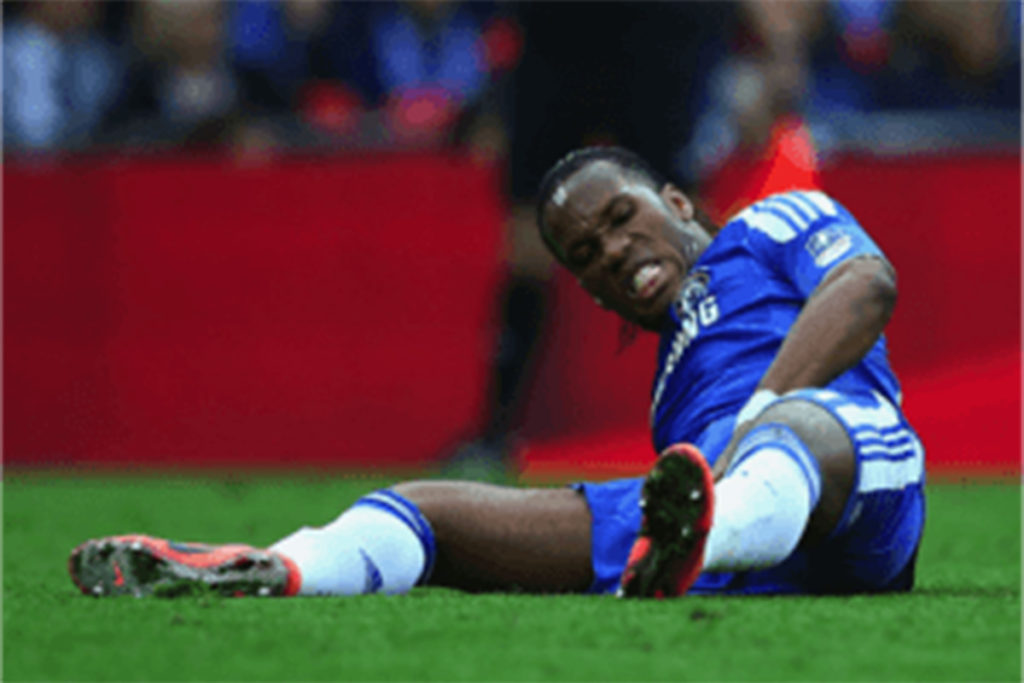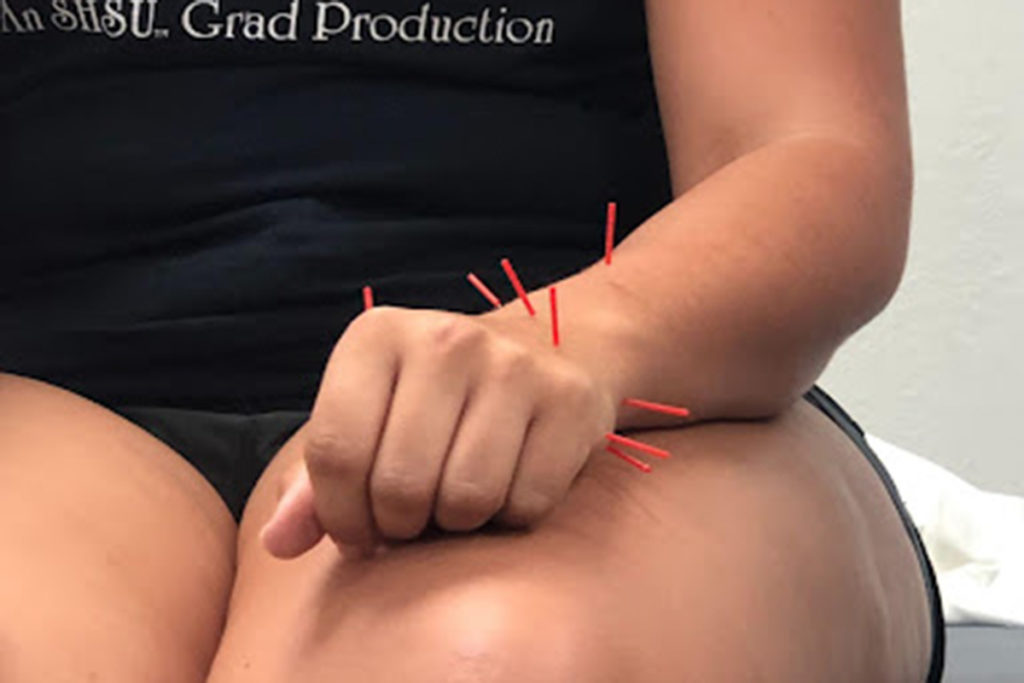Posts Tagged ‘rehabilitation’
What is Hip Mobility?
You may have heard the term hip mobility tossed around a few times, but what exactly is it? First, we must define mobility before we talk about a specific joint. Mobility and Flexibility often get used interchangeably however this couldn’t be further from the truth. Flexibility is the amount of movement possible through the joint’s range of motion. Mobility is the strength in that range of motion. So mobility can be thought of as strength and flexibility combined.
Read MoreImportance of Ankle and Hip Mobility and how Physical Therapy can Help
Squatting is a fundamental movement pattern that we often take for granted. Whether you’re an athlete, a fitness enthusiast, or simply someone who wants to maintain functional fitness, squatting plays a pivotal role in your daily life. We take for granted how often we squat in everyday life. Getting up and down from the couch, sitting on the toilet, picking something off the ground.
Read MorePhysical Therapy for Rotator Cuff Tears
Shoulder injuries are common occurrences and affect many people at some point in their life. Especially since we use our shoulders in almost all tasks relating from work, to household chores, to working out, and especially in sports. Although there are many injuries and tissues within the shoulder, one of the most common shoulder injuries is a rotator cuff (RTC) tear.
Read MoreAre you Suffering from Lateral Epicondylitis?
Lateral epicondylitis, commonly known as tennis elbow, is a condition characterized by pain and inflammation of the tendons that attach to the lateral epicondyle of the elbow. Despite its name, tennis elbow can occur in people who don’t play tennis. It is a repetitive strain injury that often affects individuals who engage in repetitive and forceful gripping or wrist extension activities.
Read MoreTrochanteric Bursitis and PT
Trochanteric bursitis is a condition where the bursa (a cushioning pad) near the side of the hip becomes inflamed. It causes pain and discomfort on the side of the hip, making it difficult to perform daily duties or any of your normal hobbies and activities. The good news is that physical therapy offers effective treatment options to manage trochanteric bursitis symptoms and promote healing.
Read MorePhysical Therapy for Hip Pain
Are you having pain with walking, running or jumping? Do you notice deep aching groin pain? Difficulty or pain turning your leg in and out? Difficulty or pain sitting or bending forward? Hip pain and injuries are common, especially in sports that include running and jumping. Our hip joints take a lot of impact during these types of activities and it’s important to have healthy hip joints to stay active.
Read MorePhysical Therapy For Foot Pain
Are you having pain with walking, running or jumping? Aching or sharp pain in your arch? Pain in your heel with your first few steps in the morning? Foot pain and injuries are common, especially in sports that include running and jumping. Our feet take a lot of impact during these types of activities and it’s important to have healthy joints to stay active. At Symmetry Physical Therapy, we are specially trained in assessing the cause of your foot pain and creating a treatment plan for you so you can get back to doing what you love.
Read MoreOne of the Coolest Questions Asked: “Should I be using ice?”
One of the most frequently asked questions by our patients being treated here at Symmetry Physical Therapy in Miami is “should I be applying ice to my injury?” It is indeed one that merits a detailed explanation, as the research on this modality has changed over the span of several years with new evidence based research.
Read MorePhysical Therapy for Groin Strains
If you played sports, it is likely that you have experienced a “pulled groin” or “groin strain” at one time or another. This injury is most common in soccer and ice hockey, but also will frequently occur in other sports such as tennis, rugby, baseball, basketball, and football. A groin strain can limit your ability to perform many activities like running, kicking, cutting or changing direction, and can linger for months if left untreated.
Read MoreWhat Is Dry Needling and What Does It Actually Do?
If you are looking for immediate results, faster progress, controlling your pain without relying on pain medication, and enhancing your performance, you might be a candidate for dry needling! Keep reading to find out what dry needling is and what you can treat with dry needling!
Read More
